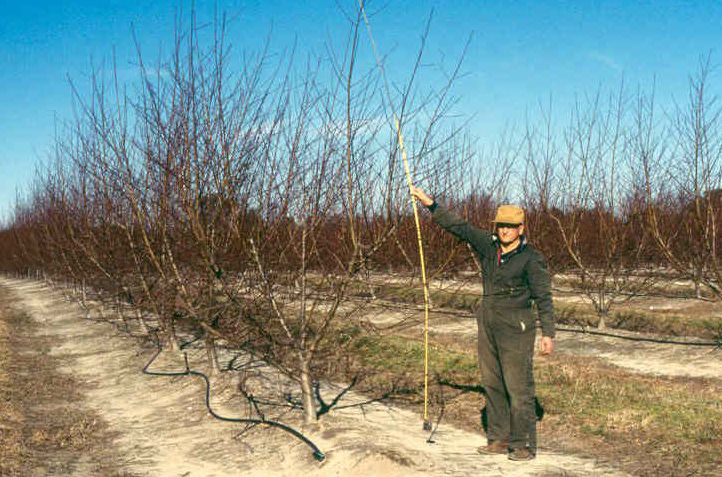Fruit trees must have careful pruning
Published 12:00 am Friday, February 7, 2014
SALISBURY — Do you have questions on how to prune fruit trees? If so, you are among many who make calls to Cooperative Extension every year asking for help.
In most instances, we ask why people want to prune, but in the case of fruit trees, it is a necessity so the trees can produce optimum fruit and reduce disease problems. For North Carolina, we do our heavy pruning in mid-February.
To get started on pruning, make sure you have the right tools. You need pruning shears, pruning loppers, pruning saw, gloves and some disinfectant (such as a bleach-water solution, or liquid Lysol) to sanitize after pruning. Make sure tools are clean. Using dirty tools can cause the tools to not work properly and cause tearing instead of a clean cut, which can encourage disease or slower healing.
After selecting the proper tools, think about what type of fruit tree you are cutting. For apple, pear, cherry and pecan, you will cut based on the central leader strategy. Central leader means there is one main upright trunk, and then there will be scaffolds or branches that surround the main trunk.
For young trees or whips you will make a cut 30 to 34 inches above the soil after you plant. This will cause branching. You will want to select three to four scaffolds to create each layer or whorl. Make sure your first whorl is at least 24 inches above the soil, and remove any limbs below 24 inches. Then you will allow the center leader to grow. Cut the leader again around 24 to 30 inches to encourage another whorl.
When making the next selection of whorls, make sure that there is 18 to 24 inches between each whorl. The top whorl should be shorter than the bottom whorl to maintain optimum sunlight, so the shape of your tree should look like a Christmas tree.
For peaches and nectarines, you will prune using the open center method. This is different from the center leader, because the main trunk or center leader is removed.
If you receive a young peach or nectarine or whips, you will head/cut the whip 30 to 34 inches above the soil. This will encourage branching, so once that has happened, and during mid-February, select the best three to four scaffolds (branches) that are placed all around the leader. The lowest scaffold should be at least 24 inches above the soil surface; any lower branches need to be removed. Once you have selected your scaffolding branches, remove the leader right above the highest scaffold.
Plums can be pruned in the center leader or open center method. Pears are also highly susceptible to fire blight, which is one reason why we do not have pear orchards. Because of this, sometimes they are pruned to a multi-leader system which is very similar to the central leader, it just has more than one leader.
For fruit trees of all ages, you need to remove water sprouts and suckers. Water sprouts are vigorous upright growth on the scaffolds and suckers are from the rootstock. It is also important to remove branches that are rubbing or scraping against each other. If you need to help reduce height you can prune the branches to an outward facing bud. Do not cut the tips off of every branch. You can lose an entire crop if you do this. As always, one can remove dead, diseased or damaged limbs throughout the year.
All pruning methods help increase light for better fruit production and increase air flow to reduce disease problems.
For more information contact your local Extension Agent Danelle Cutting at 704-216-8970 or visit: http://www.ces.ncsu.edu/depts/hort/hil/ag29.html#central
Or watch a video on pruning peaches: http://peaches.ces.ncsu.edu/peaches-movies/





